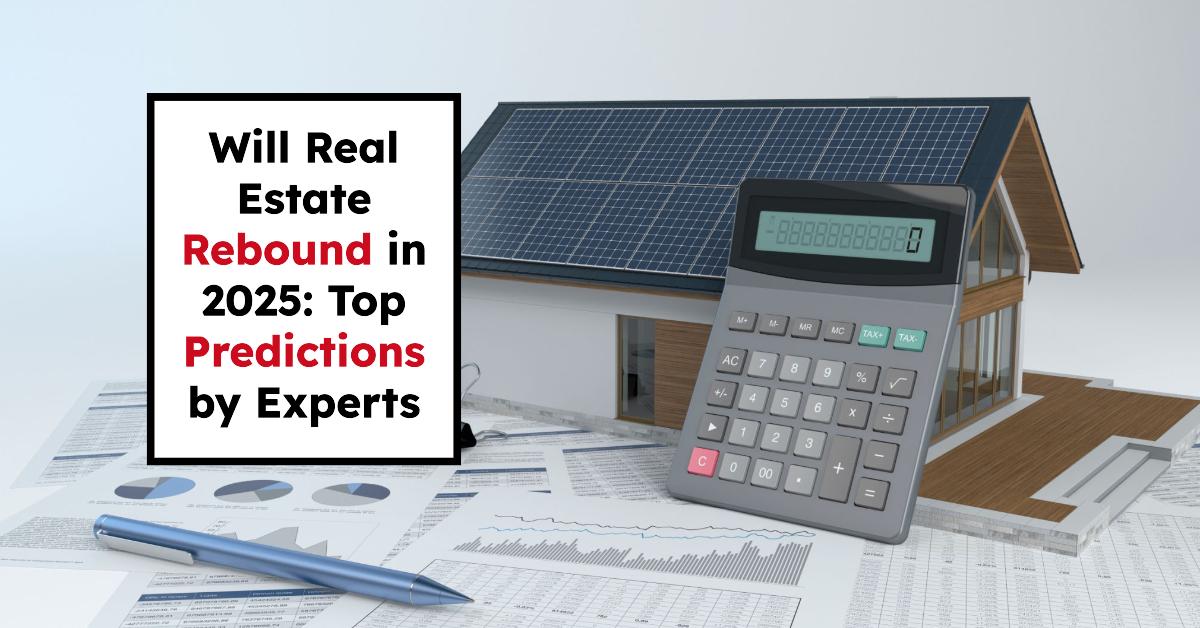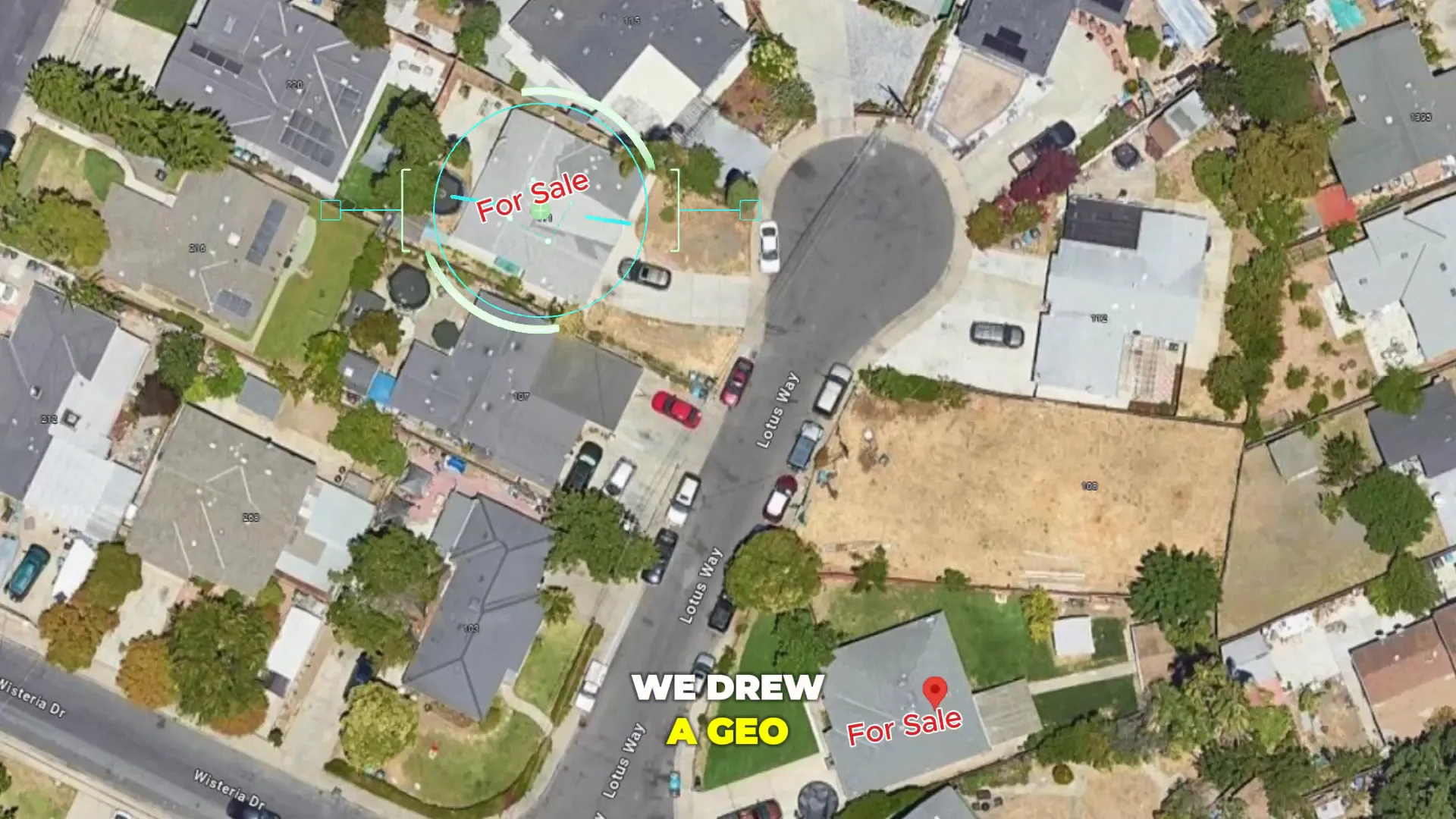The Road Ahead: Anticipating Real Estate Supply and Demand in 2025

Understanding Real Estate Supply and Demand
In the intricate world of real estate, supply and demand act like a finely tuned pendulum, oscillating based on various factors. Supply refers to the available properties on the market, while demand pertains to the interest and ability of buyers to purchase those properties. It’s fascinating to watch how shifts in the economy, changes in demographics, or even the latest technological trends can influence this balance.
Consider this: when a popular tech company announces a new office in a city, the demand for housing in that area typically skyrockets! 🌆
Significance of Projecting Trends for 2025
As we look ahead, projecting real estate trends for 2025 becomes paramount for investors, developers, and homeowners alike. Understanding what's coming can aid in making informed decisions:
- Anticipating housing needs based on demographic shifts.
- Adjusting investment strategies to focus on high-demand areas.
- Preparing for sustainable building practices as eco-conscious living continues to rise.
In short, putting on the crystal ball and gazing into the near future is not just a fun exercise - it's vital in shaping the real estate landscape! 🏡✨

Factors Influencing Real Estate Demand
Economic Growth Forecasts
The economic climate plays a pivotal role in shaping real estate demand. When economies flourish, more jobs are created, wages rise, and people are empowered to invest in property. For instance, during the tech boom in the 2010s, cities like San Francisco saw a surge in housing demand, fueled by high salaries from tech jobs. 📈
Demographic Shifts and Housing Needs
Demographics aren't just numbers; they tell a story about changing housing needs. For example, the aging baby boomer generation is increasingly seeking downsized homes or assisted living facilities, while millennials are entering the market eager for urban living. This shift leads to:
- Greater demand for affordable starter homes.
- An increase in multi-generational housing solutions.
- A rise in urban rental apartments.
Technological Advancements Impact
Technology has revolutionized how we buy and sell real estate. Online platforms allow for virtual tours, making it easier for buyers to explore properties from the comfort of their homes. 💻✨ Additionally, smart home technologies are becoming increasingly desirable, influencing what buyers are looking for. The bottom line? As technology continues to evolve, so will buyer preferences and demand!
🔍 Looking for Your Next Home or Investment? – Explore the latest Bay Area properties and find the perfect opportunity. Click here to start your search today.

Factors Shaping Real Estate Supply
Construction Industry Trends
Shifting gears from demand, let's dive into what shapes real estate supply. The construction industry is an obvious player here. With innovations like modular building methods gaining traction, developers can now complete projects faster and more efficiently. I remember visiting a construction site where 3D-printed homes were being constructed—such a game-changer! 🏗️
Land Use Policies and Regulations
Next up, land use policies and regulations significantly influence supply. Zoning laws dictate what can be built where, and these can vary tremendously by location. For example, a relaxed zoning policy can lead to increased residential projects in a burgeoning area, while stricter regulations can limit growth. ⛔🏡
Sustainability and Green Building Practices
Finally, sustainability practices are not just a buzzword; they are reshaping how properties are built. From energy-efficient designs to using recycled materials, developers increasingly invest in green building. This not only meets consumer demands for eco-friendly options but also often leads to long-term cost savings. 🌿✨ As public awareness grows, the focus on sustainable construction will undoubtedly continue to shape the real estate supply landscape.

Analyzing Future Real Estate Scenarios
Urbanization and Suburban Development
Now, let’s explore the future scenarios influencing real estate demand! Urbanization continues to be a dominant trend, drawing people into bustling cities for job opportunities and lifestyle choices. However, the pandemic sparked a shift—many are moving to suburban areas seeking more space and tranquility. I once chatted with a friend who opted for a home with a backyard in the suburbs, leaving behind the cramped city apartment life. 🏙️➡️🏡
Commercial vs. Residential Property Demand
As we consider property types, there’s an ongoing tug-of-war between commercial and residential demand. With remote work reshaping business needs, many companies are downsizing office spaces, causing a dip in commercial property demand. Meanwhile, the residential sector thrives as people seek comfortable living arrangements that reflect their lifestyles.
Impact of Global Events and Crises
Moreover, global events and crises cannot be ignored. From pandemics to economic downturns, these disruptions significantly impact real estate trends. For example, in the 2008 financial crisis, the housing market took a massive hit. Similarly, the aftermath of current global challenges will reshape strategies for buyers and sellers alike. 🌍📉 Understanding these dynamics is essential for stakeholders navigating this ever-evolving landscape.

Forecasting Methods and Tools
Data Analytics and Predictive Modeling
As we transition into exploring how to navigate the real estate landscape, let’s talk about forecasting methods and tools that help illuminate the path forward! Data analytics and predictive modeling have revolutionized how investors assess trends and opportunities. By crunching numbers and analyzing historical data, stakeholders can forecast market movements with surprising accuracy. For instance, I recently came across a predictive model that identified an emerging neighborhood before it became the “next big thing!” 📊✨
Market Research and Surveys
Another vital tool in the forecasting arsenal is market research and surveys. Gathering insights directly from potential buyers and investors can paint a clearer picture of what people are looking for. Techniques such as:
- Online surveys
- Focus groups
- Consumer feedback sessions
allow organizations to gauge preferences preemptively.
Expert Opinions and Industry Reports
Lastly, expert opinions and industry reports are invaluable resources. Consulting with seasoned real estate professionals or utilizing comprehensive market reports can offer foresights that raw data cannot. These reports often provide context by analyzing factors such as economic outlooks and consumer behavior trends, helping to clarify what lies ahead in the unpredictable world of real estate. 🌟🔍
📞 Want Expert Real Estate Insights? – Have questions about the 2025 market outlook or investment opportunities? Click here to schedule a call with Graeham Watts for personalized advice.
Strategies for Mitigating Supply-Demand Gaps
Adaptive Reuse and Renovation
Moving forward, let's dive into effective strategies for mitigating those pesky supply-demand gaps! One exciting approach is adaptive reuse and renovation. Instead of building new structures from scratch, developers are repurposing old buildings—transforming abandoned warehouses into trendy lofts or turning historical churches into community centers. I visited a renovated factory once, and it was amazing how creativity turned that space into a buzzing neighborhood hub! 🏭➡️🏡
Zoning and Infrastructure Planning
Next, zoning and infrastructure planning play pivotal roles. Smart zoning laws can promote mixed-use developments, allowing residential, commercial, and recreational spaces to coexist. This creates vibrant communities where people can live, work, and play. On the flip side, investing in infrastructure—like public transport—can enhance accessibility and spur new developments where there is a growing demand. 🚉🛤️
Affordable Housing Initiatives
Finally, we cannot underestimate the importance of affordable housing initiatives. Governments and organizations can partner to create programs that support the development of low-cost housing options. These initiatives not only help to balance the housing supply but also ensure that everyone has a place they can call home, making housing more equitable for all. 🤝🏘️ In essence, combining these strategies effectively can pave the way for a more balanced and sustainable real estate market.
📊 Thinking About Selling? – Get a free home evaluation and see what your property is worth in today’s market. Click here to get started.

GRAEHAM WATTS
Lic#01466876
📲 650.308.4727
📩 mailto:graehamwatts@gmail.com
🌐https://www.graehamwatts.com
Categories
- All Blogs (314)
- Client Testimonials (19)
- East Palo Alto (81)
- Graeham Watts Home Tours (23)
- Home Buyer's Process (34)
- Home Tours (28)
- Houses for sale in East Palo Alto (13)
- Investing (18)
- Landlord and Tenant Info (9)
- Menlo Park (49)
- Personal (5)
- Real Estate Questions Answered (91)
- Real Estate Tips (86)
- Redwood City (85)
- San Mateo County (10)
- Seller's Process (22)
Recent Posts










GET MORE INFORMATION

